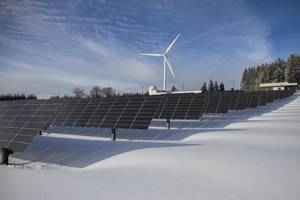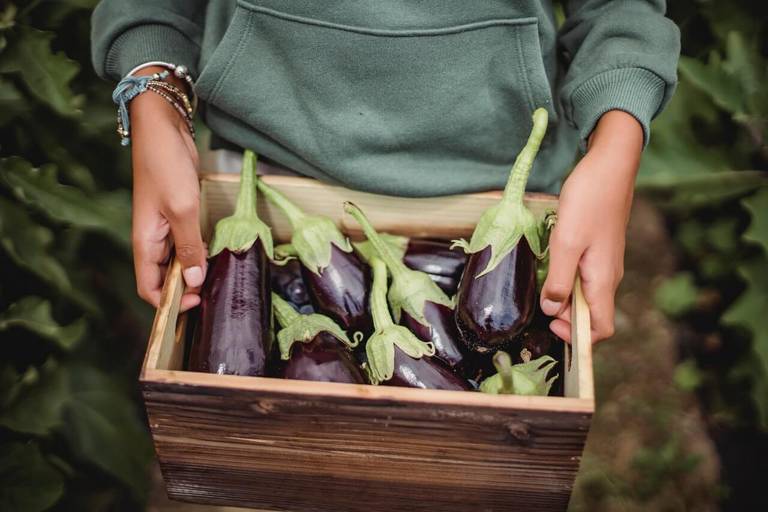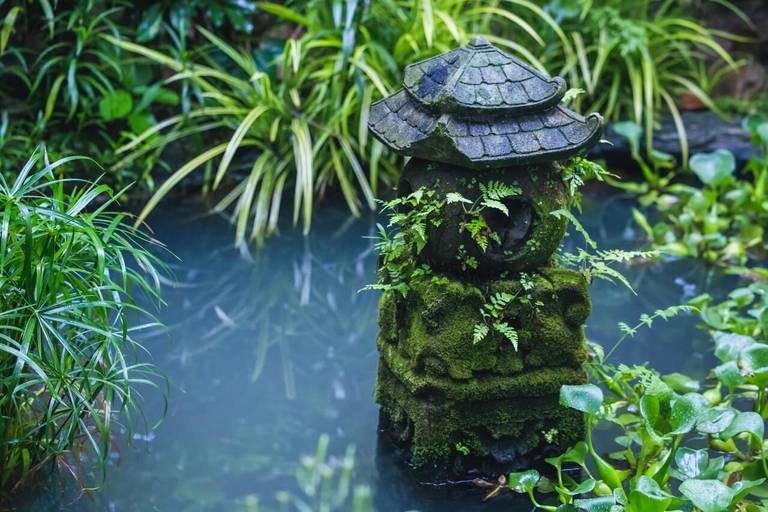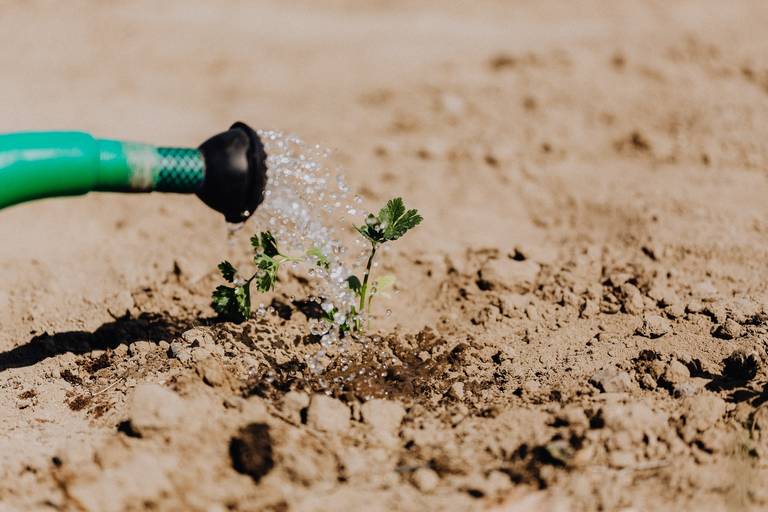Solar Heated Cold Frame: Passive Heat Sinking for Higher Garden Yields
Anyone who's attempted to grow in a cold frame knows that growth can be slow over the winter months. This can continue, persuading many first-time framers and veterans alike to expect low yields even into early spring.
However, a creative & simple solution exists to bump up those cold-season garden yields: Heat Sinks for solar heated cold frame.
Heat Sinking your cold frame is just what the name implies: adding a figurative "sink" that heat can pour into during the day... and then pour back out of at night.
Beyond getting a jump start come spring - or helping you enjoy some extra salad, radish, or mache - Heat Sinking is one of the easiest ways to start having a 2-way conversation with your garden; especially great if you're starting.
Here's how you do it.
Table of Contents
If You Haven't already, Build Yourself a Cold Frame
Designs and info abound, but in short, you want to ask yourself a few questions: will I be using it to overwinter crops? If so, will it work in my climate? (an excellent question for an actual, local garden center). Will I be using it to start spring crops? Is it close enough to my door that I'll want to visit it? Your cold frame can be as elaborate as a Winter Cabin or nearly as simple as a pile of sticks; ours, for example, are made of freecycled cabinetry, skylights, windows, & fence slats, with one frame free-standing & the other one leaning against the house.
If you're thinking, "my house is kind of a heat sink", you're right; since houses absorb heat by day & bleed it off by night, they provide nearby plants a slight edge and higher yields. You can observe this when flower bulbs sprout nearest houses in the spring. As usual, if you're in an older home, though, getting your soil checked for lead before executing a frame may be a prudent measure.
Select Your Heat Sink
This can be as simple as a bucket filled with water topped to stop evaporative loss. We have heard stories of people setting birdbaths in the ground in the center of a bed- a very creative heat sink! (although one does wonder about the "bird gifts"). We use heavy-duty, recycled trash bags at our Homestead to create a miniature ocean in our backyard.
Why we fill with water is obvious: like the ocean, water not only absorbs & releases energy easily, it can handle a lot of heat without changing its temperature. That last part, "without changing its temperature," is a vital part of Heat Sinking; you're looking to mitigate those pesky temperature swings, which can be especially devilish in colder climates. A rule of thumb is "the more water, the more like the ocean." You'll soften the temperature swings within your garden, as well as move your average temperature up, which plants like.
Some say to this advice, "what about that old axiom that plants need heat to germinate but light to grow?" That is very true but within reasonable bounds. Try to think of how you feel, getting up to go outside on a cold winter's morning; your plants have to deal with the same, and they don't even get to drink coffee.
See step 4 if you're hoping to be convinced more of this.
Select the Heat Sink Location
This step may be most important, but remember, you're just starting up a garden conversation here, so you don't need a perfect first line. A few things to ask yourself are: where will the sinks get the most sunlight? Will placing them here block reflected light, which is also a boon to early-season plants that have already sprouted? Is the footprint too big- as in, are they occupying precious growing space?
For example, our two large plastic bag sinks are hung from the interior walls of our cold frame (which are painted white, by the way), covering one entire wall at this time. In winter, we kept the sinks on the East & West walls (so the North Wall could reflect lots of sunlight to the plants) while now that spring is here, we're moved them to the back wall (now that reflected light seems to be less of a need).
Once again, we didn't know this when we started. So we did one side one way and the other side differently, searching for different results. Of course, that sort of trial & error approach applies more to step...
Enjoy the Conversation with Your Garden
How are the plants reacting? Do they seem bigger near the Heat Sinks? Are seeds sprouting around the sinks but not elsewhere? Have I created a microclimate- as in, the sink zone is flourishing and elsewhere is not? Might I might need more but smaller sinks, more evenly dispersed? Here, the proof is in the pudding but remember: winter growing can be so slow that it takes a few weeks to know, so don't start to imagine differences that aren't there (especially if you've been showing signs & symptoms of "Cabin Fever"!). You can even go so far as to record the night & day temperatures before your sinks go in & after, over the course of a few weeks.
Read also: How to grow and pick radishes in your garden.
Tweak Solar Heated Cold Frame as Desired
This is where you get to have the most fun, in many peoples' opinions, because you get to play Darwin & Niko at the same time. Anyone can "set it and forget it", but this isn't the kitchen; it's your winter garden. The best gardeners & farmers we have met are attentive, inquisitive, & interactive, without being overbearing or excessively meddling (kind of like the best relatives). This is where the conversation moves beyond "you talk, garden responds" to "you actively listen" to that response and give a more informed one of your own: "you respond intelligently."
For example, in our garden this winter, the sinks didn't seem to be doing much for certain species such as Mache until February, when they took off. For others, such as Radishes, we weren't sure until we pulled them out of the ground- much larger near the small, partially buried black pot Heat Sinks than elsewhere. Revisiting steps back to step 1 can be fun here.
Sometimes it pays to have two conversations at the same time. Do you have one large cold frame, or maybe two identical ones? Try one sink location on one side & a slightly different spot on the other. Assuming your plants are the same on each side, they may start to talk back to you, hopefully, in a polite way.
Keep in mind that we developed these steps in Portland, Oregon: a high latitude, maritime climate. If your latitude is lower but elevation higher, you may have more observable results since your winter sun stays sky-bound longer. And of course, it is not hidden by clouds like ours is so often! But the fact that we can get results here in the Cloudy Northwest should tell you: Heat Sinking can work almost anywhere.




